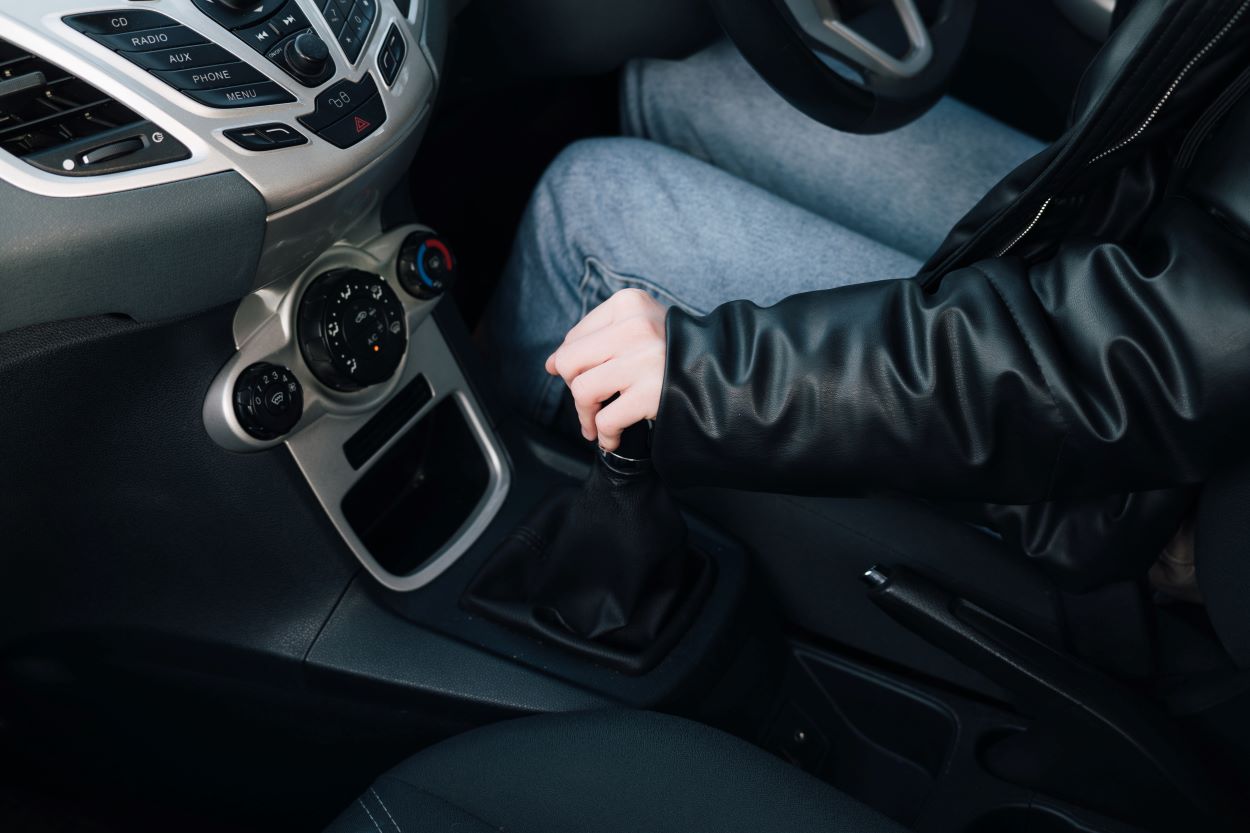Spotting a hazard on the road is a crucial driving skill that can protect you, your passengers, and other drivers. Before you’re able to get your driving licence, learner drivers must pass a hazard perception test. Here is everything you need to pass the hazard perception test, including our favourite hazard perception tips, so you can get your licence.
1. Revise and pay attention when you’re driving or you’re a passenger

When preparing for a hazard perception test, the first thing to do is know your hazards. Knowing the different dangers on the road will put you in a better position to spot them as early as possible.
This means revising – whether that’s doing online research, asking friends or family to test you, or paying attention when you are a passenger in a car.
As the environment in the clip changes, you can be more prepared for what kinds of hazards to expect. For example, you might expect to see pedestrians around a school but not on a motorway.
Examples of hazards include:
- Cars coming out of upcoming junctions
- Vehicles taking up more than one lane
- Pedestrians crossing or walking in the road
- Animals on the road
- Cyclists changing lanes
- Motorcyclists weaving in and out of traffic
2. Practice makes perfect

Practising hazard perception tests prior to your real exam is beneficial not only because you will develop the skills required to pass the test, but it will also help you know what to expect on the day.
The first part of taking a test is understanding the instructions. Familiarising yourself with the requirements beforehand can give you an advantage by building your confidence. If you’ve taken plenty of tests in advance, you’ll also know exactly how many hazards you’re meant to be looking out for (one per video clip for 13 videos and two hazards in one video).
3. Look for clues
The video clips often feature clues to warn you that a developing hazard is approaching, such as:
- Road signs: e.g. warning of animals nearby or that there is a narrow road ahead
- Streets lined with parked cars: this could suggest that drivers are about to pull out or exit the vehicle
- Pedestrians walking towards a crossing
4. Avoid clicking too early
While there may be plenty of clues to suggest an upcoming hazard, there will also be plenty of false alarms. For example, a person sitting in a parked vehicle isn’t necessarily about to get out, and a person walking along the street might not be about to cross the road.
Remember: you’re looking for developing hazards, not potential ones.
5. Don’t click too much

The software detects it when you click too often or in a pattern, so clicking too much can lead you to get zero points on the clip. To avoid this, only click when you notice a developing hazard. You shouldn’t follow a clicking pattern or click multiple times in quick succession.
What is the hazard perception test?
The hazard perception test is an important aspect of learning to drive and getting your full licence. It demonstrates that you can effectively react to potential and changing threats. It makes up half of your theory test, which you must pass before you can take a practical test, and has been in effect since 2002.
During the test, you are required to spot developing hazards. You need to demonstrate that you are aware of developing hazards and are able to act accordingly so they don’t become dangerous.
What is the hazard perception test pass mark?
You need to score at least 44 out of a possible 75 to pass the hazard perception part of the theory test. You’ll also need to pass the multiple-choice portion of the test too.
How many hazard perception clips or questions are there?
You will watch 14 video clips from the point of view of a driver and must click the screen as soon as possible every time you notice a developing hazard. The video clips will be selected at random and are meant to show a variety of everyday road scenes. You will be given points based on whether you spotted the hazards and reacted in a reasonable time.
How many times can you click on the hazard perception test?

No matter how tempting, make sure you don’t endlessly click your mouse in the hopes of earning points. You should only click when you see a hazard start to develop. The earlier you’re able to spot the hazard and click, the more points you will get.
The tests are designed in such a way that they can detect when you click continuously or in a pattern. If it detects you doing this, you won’t score any points for that clip.
How does the hazard perception test work?
You’ll need to watch a clip of a vehicle driving down the road. 13 of the clips contain one developing hazard, and one of the clips contains two hazards. Each clip lasts around 60 seconds. In order to score the most points, you need to click the mouse as soon as you see a developing hazard begin. You can get up to five points for each hazard you successfully identify.
What is a developing hazard?
Essentially, a developing hazard is something that occurs that would make you take action. For example, you might have to change speeds or direction in order to avoid the hazard.
For example, you might see a car exiting the driveway ahead of you, which would cause you to slow down. Another example is while approaching a zebra crossing, you notice a pedestrian walking towards it and, as you get closer, they start to cross the road.
How can I prepare for the hazard perception test?

There are a number of hazard perception test clips you can find online or through apps to help you practise the hazard perception test. This includes the government website, which has three free clips you can practice with. Most will also include a breakdown of the clip so you can review your answers.
More time with your driving instructor or supervisor will also help you identify and react to developing hazards. This is probably one of the best ways to develop your skills. Notice which situations force you to take action, such as slowing down or changing lanes, and this will help you understand when you should click on the test.
Get learner driver insurance from Adrian Flux
As a learner driver, you’ll want to gain as much experience behind the wheel before your tests as this will help you spot hazards and react calmly and confidently. Call Adrian Flux on 0800 369 8590 or book a callback at a time that suits you for a fast and affordable learner driver insurance quote.

